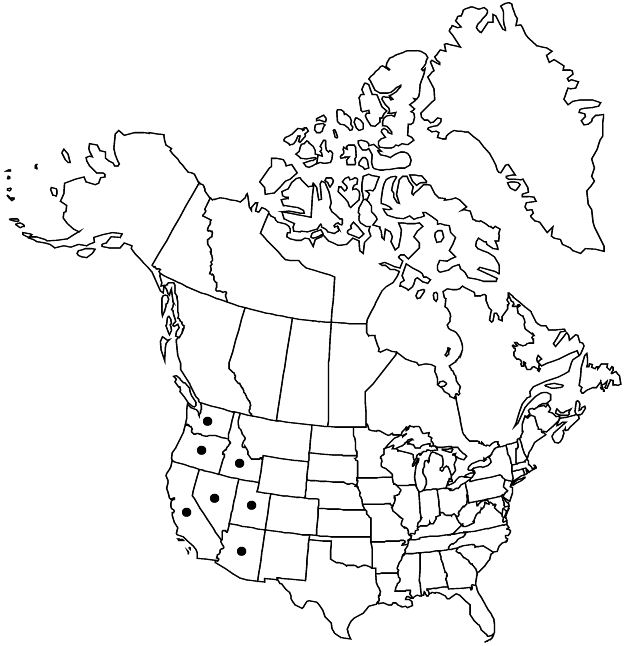Difference between revisions of "Croton setigerus"
Fl. Bor.-Amer. 2: 141. 1838.
FNA>Volume Importer |
imported>Volume Importer |
||
| Line 55: | Line 55: | ||
|publication year=1838 | |publication year=1838 | ||
|special status=Weedy | |special status=Weedy | ||
| − | |source xml=https:// | + | |source xml=https://bibilujan@bitbucket.org/aafc-mbb/fna-data-curation.git/src/bb6b7e3a7de7d3b7888a1ad48c7fd8f5c722d8d6/coarse_grained_fna_xml/V12/V12_230.xml |
|genus=Croton | |genus=Croton | ||
|species=Croton setigerus | |species=Croton setigerus | ||
Revision as of 20:08, 27 May 2020
Herbs, annual, 0.5–5 dm, monoecious. Stems densely and dichotomously shortly branched, forming loose, prostrate circular mats 5–80 cm across, proximally bristly stellate-hairy, central radii spreading, 2–3 mm. Leaves mostly clustered near inflorescences; stipules rudimentary; petiole 0.3–5 cm, glands absent at apex; blade ovate to rhombic, 0.8–6.5 × 0.8–4 cm, base cuneate, margins entire, apex obtuse, abaxial surface pale grayish green, adaxial surface grayish green, both densely stellate-hairy. Inflorescences unisexual; staminate dense capitate clusters, 1–2 cm, flowers 2–10; pistillate clusters, 1–2 cm, flowers 1–3. Pedicels: staminate 0–1 mm, pistillate absent. Staminate flowers: sepals 5–6, 2–2.5 mm, abaxial surface densely stellate-hairy; petals 0; stamens 5–9. Pistillate flowers: sepals 0; petals 0; ovary 1-locular; style 1, 2–3 mm, unbranched. Capsules follicular (1-seeded), 3–6 × 2–3 mm, smooth; columella absent. Seeds 3–5 × 2–3 mm, shiny. 2n = 20.
Phenology: Flowering Jun–Oct.
Habitat: Coastal sage scrub, foothill woodlands, valley grasslands, oak woodlands, edges of fields, dry stream beds, disturbed areas, roadsides.
Elevation: 0–1900 m.
Distribution

Ariz., Calif., Idaho, Nev., Oreg., Utah, Wash., Mexico (Baja California), introduced s South America (Chile), Australia.
Discussion
Croton setigerus is nearly unique in the genus with its one-locular fruit, single unbranched style, and pistillate flowers devoid of any perianth. The foliage is toxic to animals, and the crushed plants were used by Native Americans to stupefy fish. The seeds are palatable to birds, giving rise to the common names cited above. Individual plants produce either mottled, striped, or solid gray or black seeds. Gray seeds are produced by desiccating plants and appear to be much less palatable to doves than the other color morphs (A. D. Cook et al. 1971).
Selected References
None.